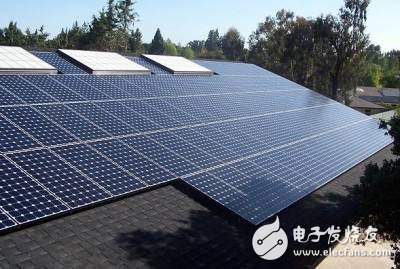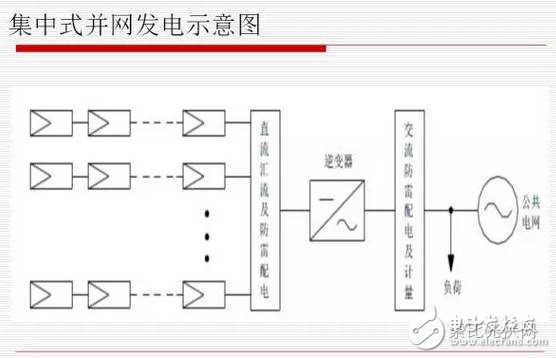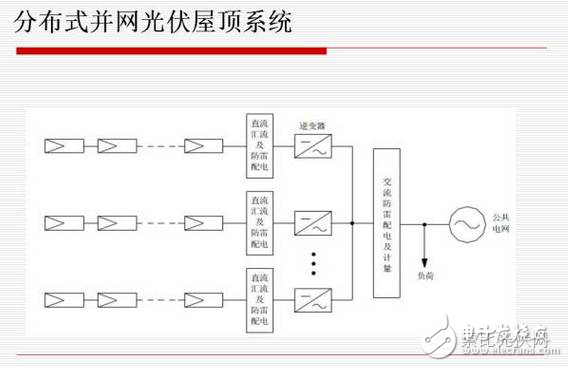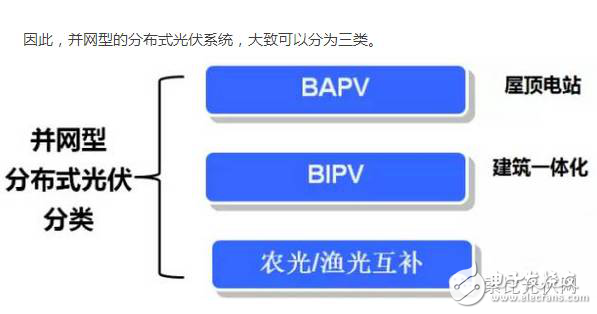What are the advantages and disadvantages of distributed photovoltaic power generation?
Introduction to Distributed Photovoltaic Power Generation
Distributed photovoltaic power generation refers to a photovoltaic power generation facility that is built near the user's site and operates in a self-contained mode on the user's side, with excess power on the Internet, and balanced in the distribution system. Distributed photovoltaic power generation follows the principles of local conditions, clean and efficient, distributed layout, and close utilization, making full use of local solar energy resources to replace and reduce fossil energy consumption.

Feature 1: Located near the user, close to the load end, low line loss, and conducive to terminal voltage
Feature 2: 10kV and below access
Fish-light complementary/agricultural complementarity is 35kV (66kV) and below
Feature 3: Access to the distribution network and local consumption, project dispersion, and more network points
Feature 4: Single point capacity does not exceed 6MW (multiple access is subject to maximum)
Fishing light complementary / agricultural light complementary single point access capacity does not exceed 20MW
Six benefits of installing distributed photovoltaic power generation1. The solar energy is inexhaustible and inexhaustible. The solar radiation energy received by the earth's surface can meet the global energy demand by 10,000 times!
As long as solar photovoltaic systems are installed in 4% of the world's deserts, the power generated can meet the needs of the world!
2. Solar power generation is safe and reliable, and will not suffer from energy crisis or instability in the fuel market.
3, solar energy can be everywhere, can be powered nearby, does not have to be transported over long distances, avoiding the loss of long-distance transmission lines; the sun does not use fuel, the operating costs are very low.
4, solar power has no moving parts, is not easy to use damage, easy to maintain, especially suitable for unattended use
5. Solar power generation will not cause any pollution, noise and other public hazards, and has no adverse effects on the environment. It is an ideal clean energy source.
6. The solar power generation system has a short construction period, is convenient and flexible, and can add or reduce the solar array capacity arbitrarily according to the increase or decrease of the load to avoid waste.
Classification of distributed photovoltaic systemsPhotovoltaic systems are divided into two broad categories: grid-connected photovoltaic systems and off-grid photovoltaic systems.
Grid-connected photovoltaic system classification:According to the equipment and installation conditions, it can be divided into centralized and distributed. According to whether it is allowed to reverse power generation to the public power grid, it is divided into a reversible flow grid-connected system and a non-reversible grid-connected system. According to the output, it can be divided into single-phase and three-phase grid-connected systems.


The off-grid system is an independent power supply system, which is characterized by the necessity of using battery storage energy, switching through the circuit when the power is insufficient, and switching the load from the mains supply.
Although the principle of the inverter of the off-grid system and the inverter of the grid-connected system are similar, there are big differences.


48V100Ah Home Energy Storage,Deep Cycle 48V Power Wall Battery,48V 100Ah Home Energie Storage Batterie,Wall-Mounted Home Energy Storage
Jiangsu Zhitai New Energy Technology Co.,Ltd , https://www.jszhitaienergy.com
